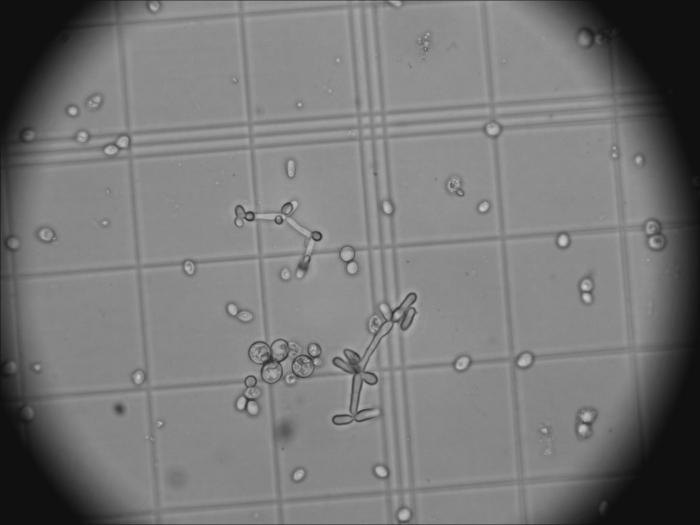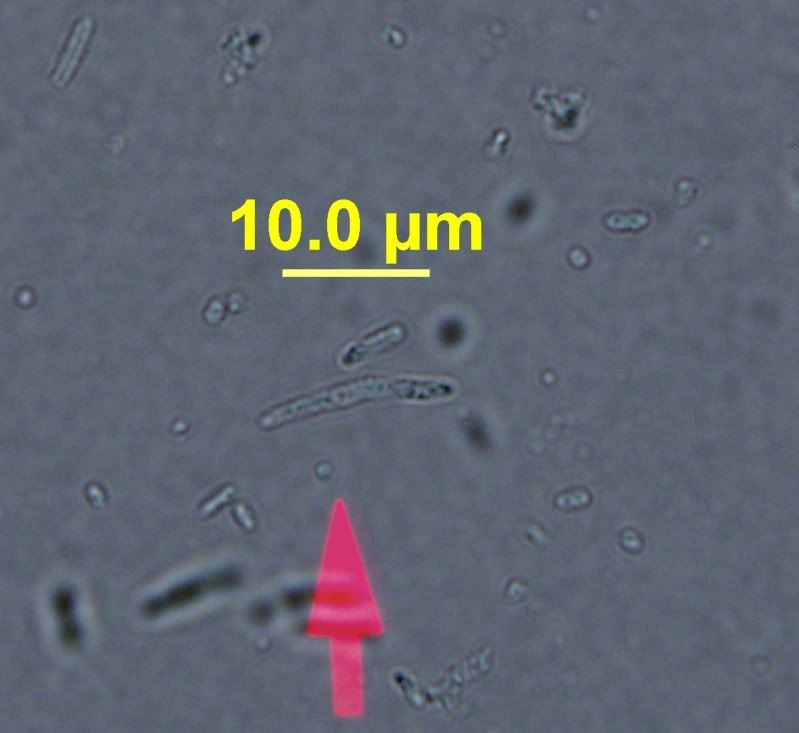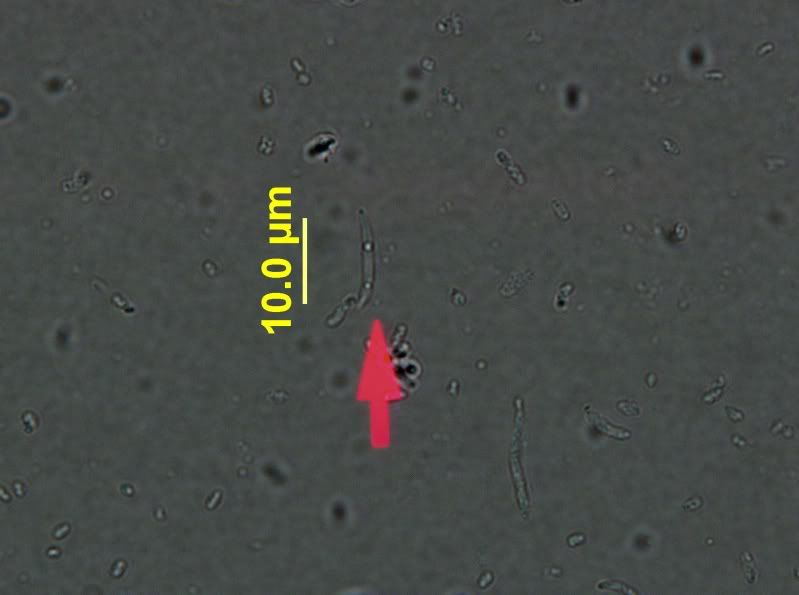Hy guys,
I am a homebrewer from Switzerland and reading posts in this category since a long time but never posted anything... Unfortunately, sour brewing is not that common here within the homebrewer community and thats why I hope you guys could help me: I threw some dregs from a commercial beer into one of my beers and could see the following cells with my microscope (sorry for the bad quality):

And I am wondering, are those Brettanomyces? The beer has a very distinct cherry flavor. It could therefore be even B. lambicus? Could that be? I am a bit confused because the brewer of the commercial beer told me that he is not using any Brett in his beers...
Thank you for your support and cheers from Europe
Samuel
I am a homebrewer from Switzerland and reading posts in this category since a long time but never posted anything... Unfortunately, sour brewing is not that common here within the homebrewer community and thats why I hope you guys could help me: I threw some dregs from a commercial beer into one of my beers and could see the following cells with my microscope (sorry for the bad quality):

And I am wondering, are those Brettanomyces? The beer has a very distinct cherry flavor. It could therefore be even B. lambicus? Could that be? I am a bit confused because the brewer of the commercial beer told me that he is not using any Brett in his beers...
Thank you for your support and cheers from Europe
Samuel


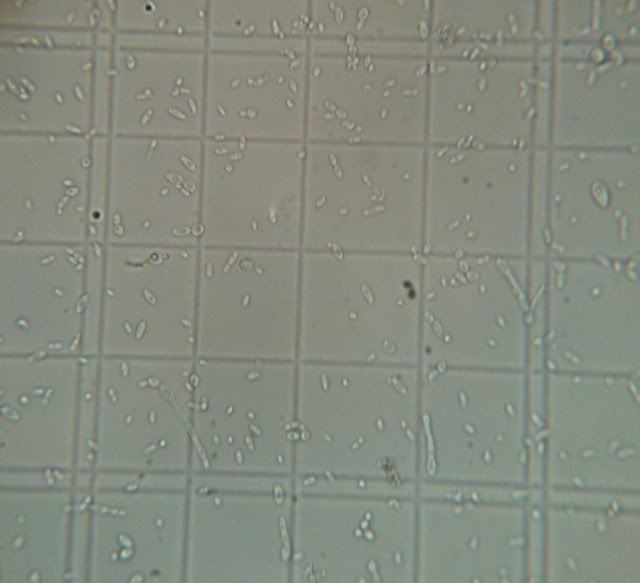
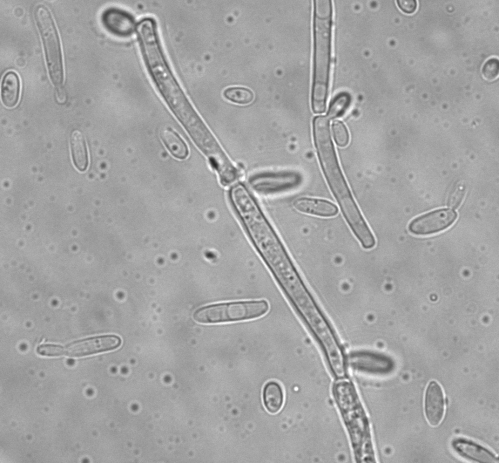


















































![Craft A Brew - Safale S-04 Dry Yeast - Fermentis - English Ale Dry Yeast - For English and American Ales and Hard Apple Ciders - Ingredients for Home Brewing - Beer Making Supplies - [1 Pack]](https://m.media-amazon.com/images/I/41fVGNh6JfL._SL500_.jpg)






